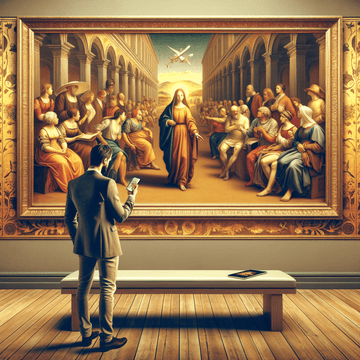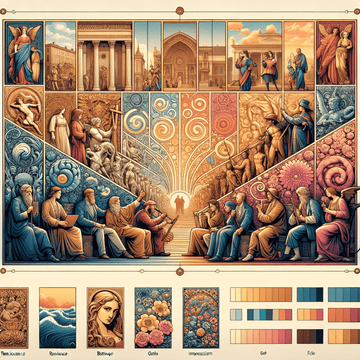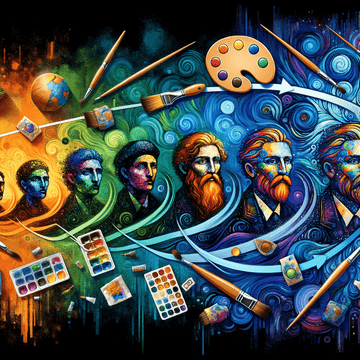The Evolution of Modern & Contemporary Art: From Impressionism to Abstract Expressionism - A Journey Through Styles and Movements | Metal Poster Art
Sep 25, 2024

Exploring the Evolution of Modern & Contemporary Art: From Impressionism to Abstract Expressionism
In a world where art is as diverse as the people who create it, understanding the evolution of styles can give us a deeper connection to the works we admire. Today, we're taking a journey through the evolution of modern and contemporary art, from Impressionism to Abstract Expressionism.
Impressionism
Impressionism, which originated in France in the mid-19th century, marked the birth of modern art. Artists like Claude Monet and Edgar Degas sought to capture the fleeting effects of light and color on their immediate surroundings — a radical departure from the realistic and historical themes that dominated art of the period. The result? Breathtaking canvases that evoke emotion through their use of color and brush strokes.
Post-Impressionism
As the name suggests, Post-Impressionism followed Impressionism. Unlike their predecessors, artists like Vincent van Gogh and Paul Cezanne moved beyond capturing only the natural world and instead delved into subjective emotions and symbolic content. This shift laid the groundwork for the abstract art that would come later.
Cubism
Pioneered by Pablo Picasso and Georges Braque, Cubism presented a revolutionary new approach to visual reality. This style moved away from the conventional perspective, trading it for an abstract, geometric representation that allowed for multiple viewpoints to be shown simultaneously. This technique shattered the conventions of representing reality in art, taking it a step closer to contemporary art.
Abstract Expressionism
As we move into the mid-20th century, we come to Abstract Expressionism — a movement instrumental in shifting the center of the art world from Paris to New York. Artists such as Jackson Pollock and Mark Rothko embraced non-representational art, conveying emotion and meaning through form and color alone. Abstract Expressionism opened the door to a variety of sub-genres, such as action painting and color field painting, pushing the boundaries of what could be considered art.
This brief overview barely scratches the surface of the rich tapestry that is the evolution of modern and contemporary art. But it does show how each movement, from Impressionism to Abstract Expressionism, built on the one before it, pushing boundaries and constantly redefining our understanding and expression of art.
Interested in exploring more art like what we've discussed today? Our collection offers a diverse range of styles, including Digital Art and beyond. Feel free to dive into our world of artistic wonders by visiting here. Whether you're looking to admire or to acquire, there's always something captivating waiting for you. We're excited to share our passion for art with you.




